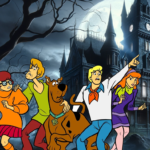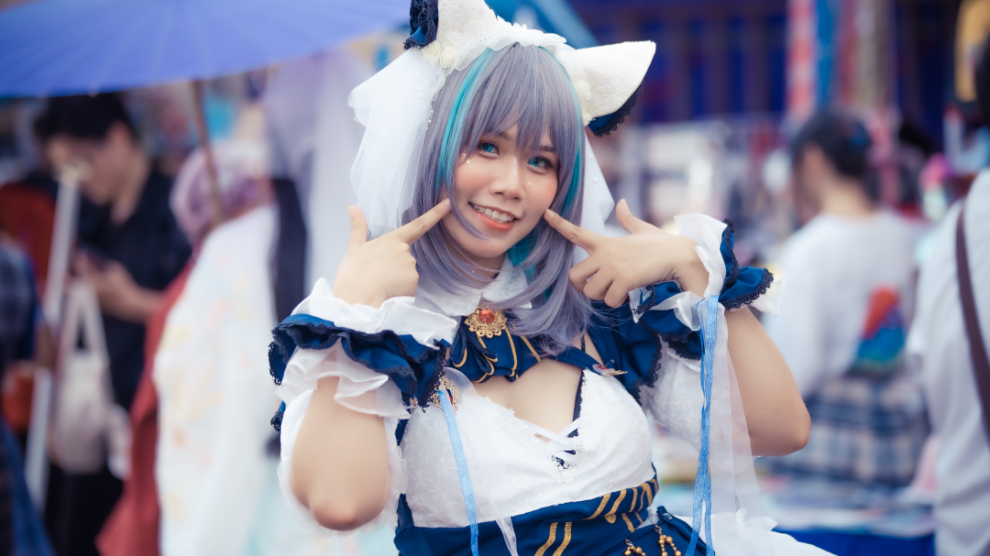An orientation on how to read Manga is important if you’re new to the world of Manga.
Manga, a unique and rich form of storytelling through illustrated comics, has captivated readers around the world. Originating from Japan, manga encompasses a wide range of genres and styles, catering to diverse audiences. Whether you’re a complete beginner or someone looking to deepen your understanding, this guide will walk you through everything you need to know about how to read manga.
Understanding Manga: An Introduction
What is Manga?
Manga refers to Japanese comic books or graphic novels. Unlike Western comics, manga is read from right to left, and often from top to bottom. This reading style can be a bit challenging for new readers but quickly becomes intuitive with practice.
Manga Formats
- Tankōbon: These are standalone volumes or collections of serialized chapters. They’re akin to a graphic novel in the West.
- Shonen: Targeted primarily at young male readers, focusing on action, adventure, and camaraderie (e.g., “Naruto”, “One Piece”).
- Shojo: Aimed at young female readers, often dealing with romance, personal relationships, and emotional development (e.g., “Sailor Moon”, “Fruits Basket”).
- Seinen: For adult male readers, featuring more complex plots and mature themes (e.g., “Berserk”, “Tokyo Ghoul”).
- Josei: Targeted at adult female readers, focusing on more mature relationships and life experiences (e.g., “Nana”, “Paradise Kiss”).
- Kodomomuke: Created for children, with simple stories and themes suitable for a younger audience (e.g., “Doraemon”, “Pokémon Adventures”).
Manga Genres
Manga spans an incredible range of genres, including but not limited to:
- Action/Adventure: Packed with thrilling escapades and battles.
- Romance: Focusing on relationships and love stories.
- Fantasy: Featuring magical worlds and supernatural elements.
- Science Fiction: Exploring futuristic and technological themes.
- Horror: Designed to evoke fear and suspense.
- Comedy: Filled with humor and light-hearted scenarios.
- Slice of Life: Depicting everyday life and real-world experiences.
How to Read Manga: The Basics
Understanding Manga Layout
- Reading Direction: Manga is read from right to left. This applies to both panels and speech bubbles.
- Panels: The individual frames that contain the action and dialogue. They are read from top right to bottom left.
- Speech Bubbles: Contain the dialogue and are read in the same right-to-left, top-to-bottom order.
- SFX (Sound Effects): Often integrated into the artwork, enhancing the sense of action or emotion.
Getting Started with Reading Manga
- Choose a Genre: Start by selecting a genre that interests you. If you’re unsure, consider popular series in various genres to get a taste of what appeals to you.
- Find a Manga: Many manga are available in both physical form and digital formats. Libraries, bookstores, and online platforms like Crunchyroll Manga, ComiXology, and VIZ Media are excellent places to find manga.
- Familiarize Yourself: Spend a moment looking at the cover and the first few pages to get a feel for the artwork and style.
- Start Reading: Begin with the top right panel and move to the left, continuing down to the next row of panels. Follow the same order for speech bubbles within each panel.
Adapting to Right-to-Left Reading
Switching to a right-to-left reading direction can be tricky at first. Here are some tips to help you adapt:
- Practice with Short Manga: Start with shorter manga or one-shots (single-issue stories) to get used to the reading direction.
- Focus on Flow: Pay attention to the natural flow of the panels and speech bubbles. This will help you adjust to the layout more quickly.
- Use Digital Guides: Many digital manga platforms offer guided reading modes that highlight the correct reading order, which can be especially helpful for beginners.
Advanced Reading Techniques
Understanding Cultural References
Manga often includes cultural references, idioms, and humor that may be unfamiliar to non-Japanese readers. Here’s how to navigate these elements:
- Translator’s Notes: Many manga include notes from the translator that explain cultural references and nuances.
- Research: Look up unfamiliar terms or references. This not only enhances your understanding but also enriches your reading experience.
- Manga Communities: Join online forums and communities where fans discuss and explain various aspects of manga. Websites like Reddit and MyAnimeList have active manga discussions.
Appreciating the Art
Manga is as much about the art as it is about the story. To fully appreciate the artistry, consider these tips:
- Study the Details: Take time to look closely at the artwork. Notice the line work, shading, and how the artist conveys motion and emotion.
- Observe Panel Composition: Pay attention to how panels are arranged and how they guide your eye through the story.
- Character Design: Note how characters are drawn and how their design reflects their personality and role in the story.
Following Serialization
Many manga are serialized, meaning new chapters are released periodically, often in weekly or monthly magazines. To keep up with your favorite series:
- Subscription Services: Use digital subscription services like Shonen Jump or Crunchyroll Manga that offer access to the latest chapters.
- Manga Apps: Download manga reader apps that provide notifications for new releases.
- Stay Updated: Follow official manga websites or social media accounts for announcements and release schedules.
Building Your Manga Collection
Physical vs. Digital Manga
Decide whether you prefer physical books or digital copies. Each has its pros and cons:
- Physical Manga: Offers the tactile experience of holding a book and the joy of building a collection. However, they take up physical space and can be more expensive.
- Digital Manga: Convenient and often cheaper. You can carry hundreds of volumes on a single device and access them anywhere. However, you miss out on the physical aspect of collecting.
Where to Buy Manga
- Bookstores: Many bookstores have dedicated manga sections. Check both large chains and local independent stores.
- Online Retailers: Websites like Amazon, Barnes & Noble, and Right Stuf Anime offer a vast selection of manga.
- Digital Platforms: Purchase or subscribe to manga on platforms like VIZ Media, ComiXology, or Crunchyroll Manga.
Exploring Manga Beyond Reading
Watching Anime Adaptations
Many popular manga series are adapted into anime, which can be a great way to experience the story in a different medium. Watching anime can also enhance your understanding and appreciation of the manga.
Creating Fan Art and Writing
Engage with the manga community by creating fan art or writing fan fiction. This allows you to express your love for the series and connect with other fans.
Attending Conventions
Manga and anime conventions are fantastic places to meet fellow enthusiasts, discover new series, and attend panels and workshops related to manga.
Conclusion
Learning how to read manga begins a delightful journey into a world of diverse stories, rich cultures, and stunning artwork. By understanding the basic structure and styles of manga, practicing the right-to-left reading direction, and exploring advanced techniques and cultural references, you can fully immerse yourself in the experience. Whether you prefer physical books or digital copies, enjoy collecting volumes or following serialized stories, there’s a manga out there for everyone. So, dive in, explore the genres, and enjoy the unique adventure that manga offers.























